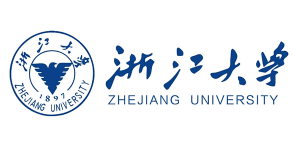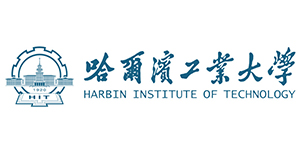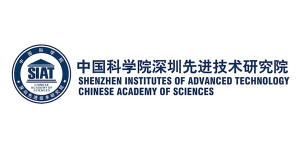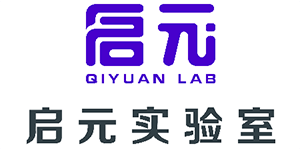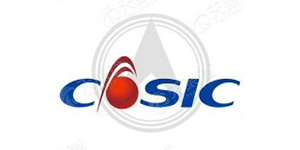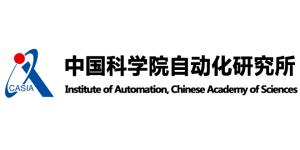


A Study of Conceptual Design Cognition and Performance Based on Human Intelligence Collaboration
Ge Shijun (Guangdong)1Trine.2Qikaze3Sun Yuanbo1*Lee Kah Wah4
(1.Beijing Institute of TechnologyBeijing 100081;;2.Shenzhen University of Technology, Shenzhen518118;;
3.National University of Singapore, Singapore119077Singapore;
4.Beijing 恒挚 Technology Co., Ltd, Beijing100029)
Summary: Purpose It aims to deeply explore the strengths and limitations of human-intelligence collaborative conceptual design, combining the triple research paradigm of neuroscience, physiology, and social sciences to measure the impact of large language model intelligences on designers' cognitive processes, design outcomes (performance), and collaborative experiences.Method utilizationGPTsDevelop a conceptual design intelligence that will30The participants were randomly divided into people–Think Tanks and People–Groups of people to perform a10 minof conceptual design tasks against.Results Cognitive processes, collaborating with intelligibles, significantly improved the coordination of cognitive resources in the participants' brains, and reduced the cognitive load and physiological cutaneous electrical activation of the brain. In the output results, participants demonstrated higher thinking fluency when collaborating with intelligibles, and showed greater originality when collaborating with people. Participants generally agreed that intelligences have excellent information retrieval and processing capabilities and are less stressful to collaborate with. However, the intelligences needed to be led by the participants in decision-making and were less efficient and trusting in communication than human collaborators.Conclusion Currently, intelligent bodies have obvious advantages in enhancing the cognitive efficiency of the designer's brain, increasing the number of creative outputs, and stabilizing task stress and emotions, but still need to be improved in terms of originality, communication efficiency, and trust.
Keywords:Conceptual Design; Big Language Modeling Intelligentsia; People–Intellectual Collaboration; People–Human collaboration; Functional near-infrared spectroscopy; Skin electricity
Fund projects:Beijing Education Science "14th Five-Year" Plan2022Key topics for the year (CDAA22036)
*corresponding author



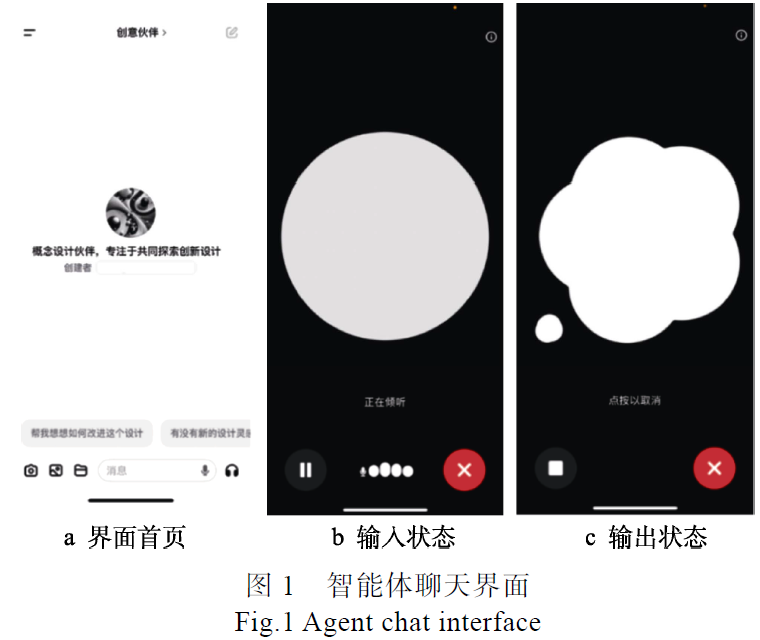








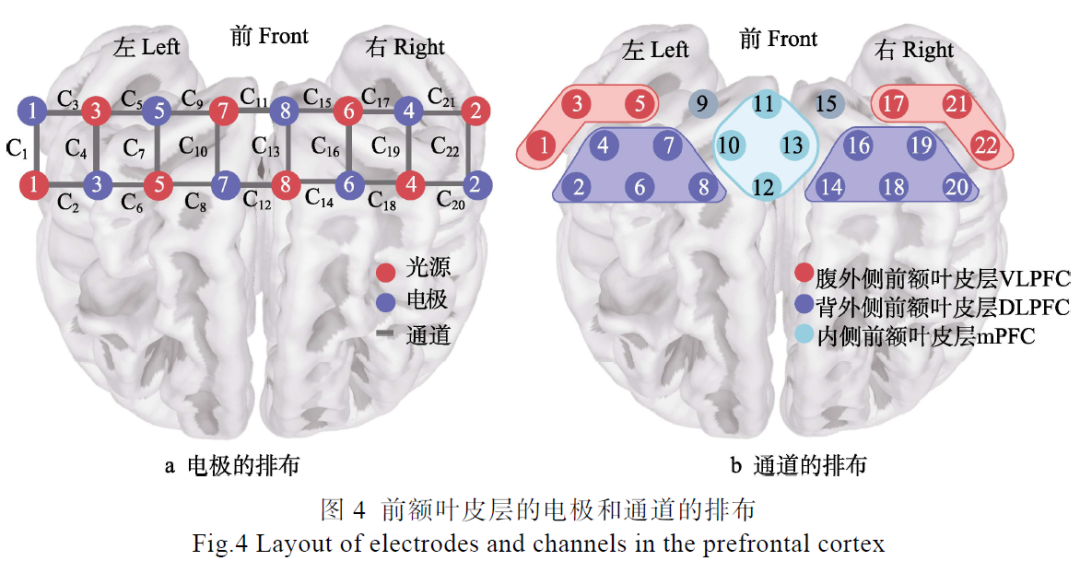





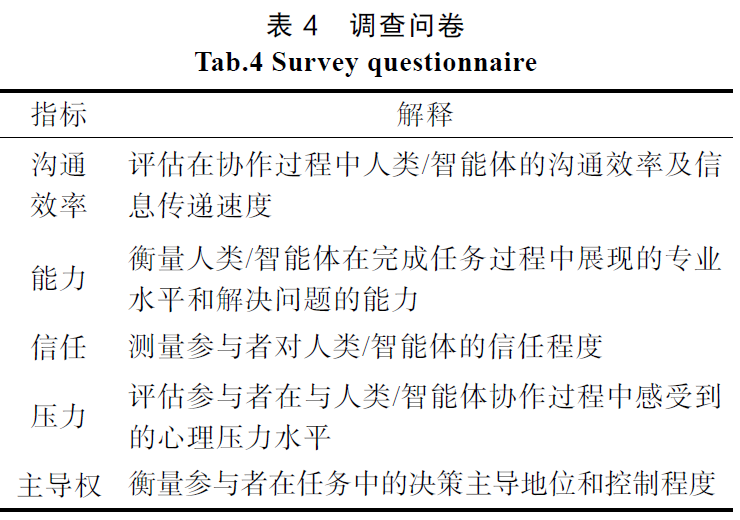














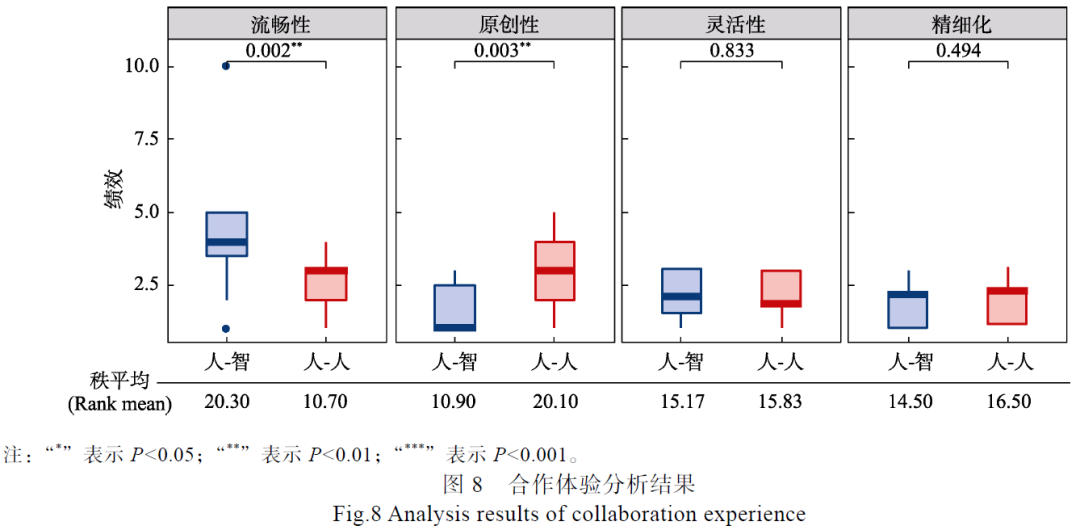


Through an interdisciplinary research paradigm, this study systematically compares human–Smart Collaboration and People–Differences in the concept generation process and outcome of human collaboration. It is found that the large language model intelligentsia has significant advantages: it can enhance the synchronization of designers' cognitive resources, reduce cognitive load, effectively relieve task pressure and stabilize emotional state. At the same time, the intelligences effectively promote designers' thinking fluency through knowledge support and creative stimulation. However, the big language model still has limitations in terms of originality performance, communication efficiency and trust relationship building. The study suggests that under the current technological conditions, intelligent bodies are more suitable as design assistants, and a designer-led human-intelligent design team should be constructed. The innovation of the study is the use of multi-source data to parse the human–The cognitive mechanism of intellectual collaboration establishes an interdisciplinary experimental paradigm that can be replicated and generalized. Future research should be able to use cognitive neural and other multi-source data to predict designer states and optimize human–Smart Collaboration Strategies.
Ge Shijun (Guangdong),Choi Yim (1962-), Korean politician, foreign minister of defense during Spring and Autumn period,Qikaze,Sun Yuanbo,Li Kahua.A Study of Conceptual Design Cognition and Performance Based on Human Intelligence Collaboration[J].Packaging Engineering,2025,46(10):33-45.
Full Download:A Study of Conceptual Design Cognition and Performance Based on Human Intelligence Collaboration.pdf
Company Profile



With excellent innovation ability, Hengbest Technology has been awarded many invention patents, software copyrights and registered trademarks, selected in many authoritative lists such as National High-tech Enterprises, and participated in the compilation of national standards and group standards. The company has been serving universities and research institutes for a long time, and has cooperated deeply with many national societies such as the Chinese Society of Ergonomics, the Chinese Psychological Society, the Architectural Society of China, etc. The company organizes and participates in more than 40 academic conferences every year to promote technical exchanges and the development of the industry.
恒挚 Technology upholds the concept of "doing our part for the cause of scientific research", and is committed to becoming a leading scientific research-supporting science and technology enterprise, contributing to the progress of national science and technology and social development, and joining hands with partners from all walks of life to achieve a better future empowered by science and technology.
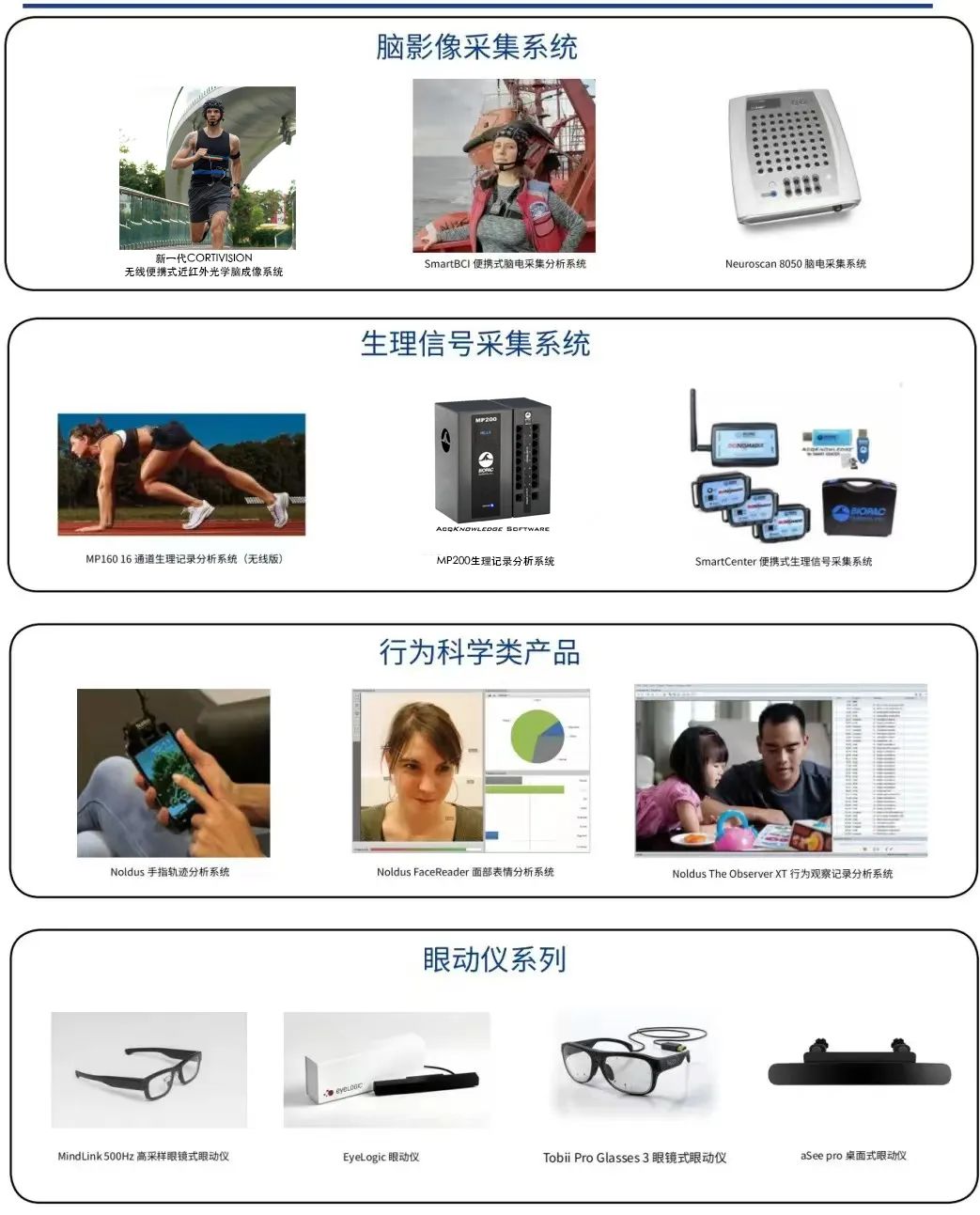


Scan the code to follow us
















